Mamidikaya Pachadi | Mango Pickle
Recipe prepared by Smt Jhansi Lakshmi
*****
Article written by Lakshmi Aparna
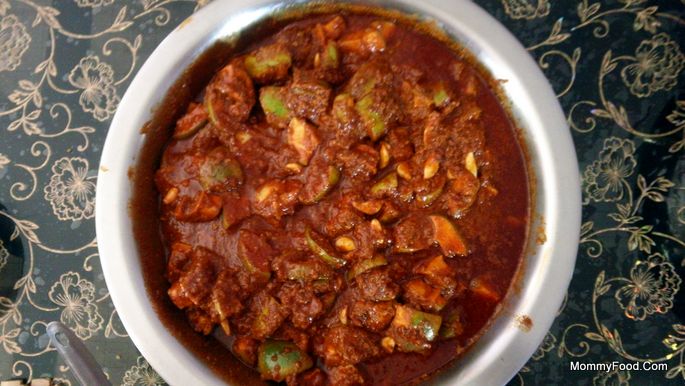
Introduction
Mango pickle, locally known as Mamidikaya Pachadi, is a popular pickle in many parts of India, especially during summer when mangoes are in season. This recipe holds a special place in traditional Indian households and adds a tangy, spicy punch to any meal. Preparing mango pickle is a ritual passed down through generations, combining the fresh tartness of raw mangoes with the robust flavors of spices. Whether it's served with rice, roti, or just as a side, this pickle can instantly enhance the flavor of a dish. Here’s a step-by-step guide to making the perfect mango pickle at home.
Preparation time: 60 Minutes
1 Bowl measurement: 250 ml
Yield: 2 Kgs
Quick Navigation:
- Ingredients
- Procedure
- Step 1: Fry the Fenugreek Seeds
- Step 2: Blend Fenugreek Seeds
- Step 3: Blend Mustard Seeds
- Step 4: Prepare the Mango Pieces
- Step 5: Prepare Garlic and Salt
- Step 6: Dry Mango Pieces
- Step 7: Add Gingelly Oil
- Step 8: Mix Spices and Garlic
- Step 9: Mix Mango and Spices
- Step 10: Add Remaining Oil
- Step 11: Let It Rest
- Step 12: Store the Pickle
- Conclusion
Ingredients
Mangoes: 8 Bowls
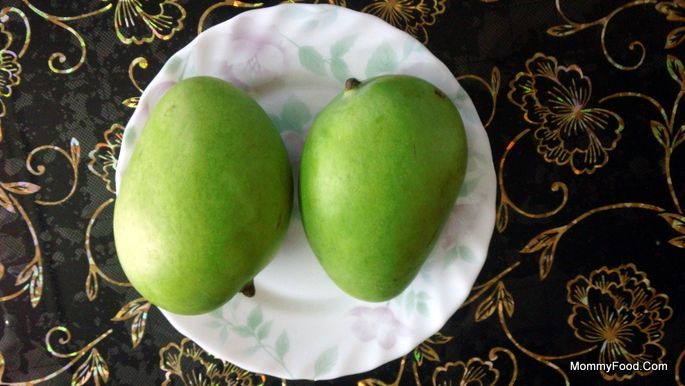
Mustard seeds (aavalu): 1/2 Bowl
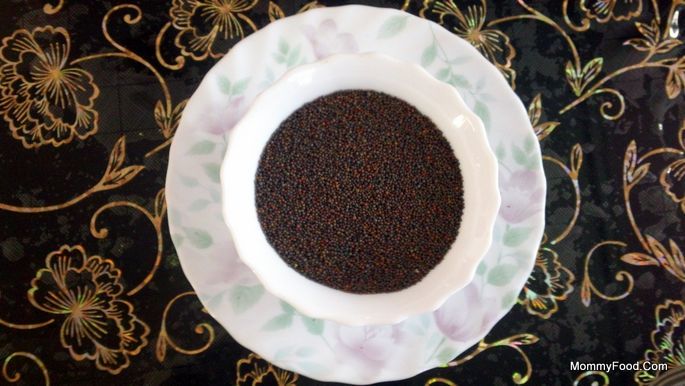
Garlic: 1/2 Bowl
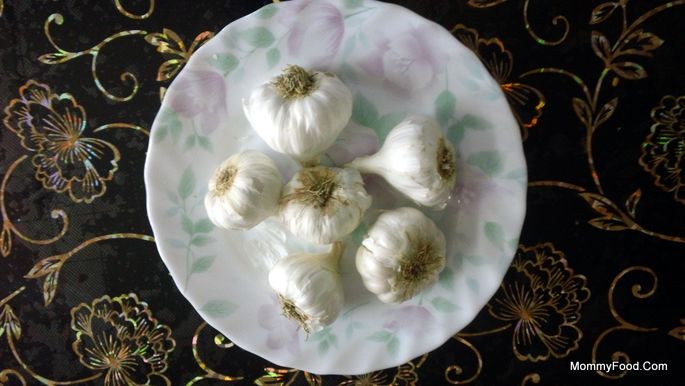
Salt (crystal): 3/4 Bowl
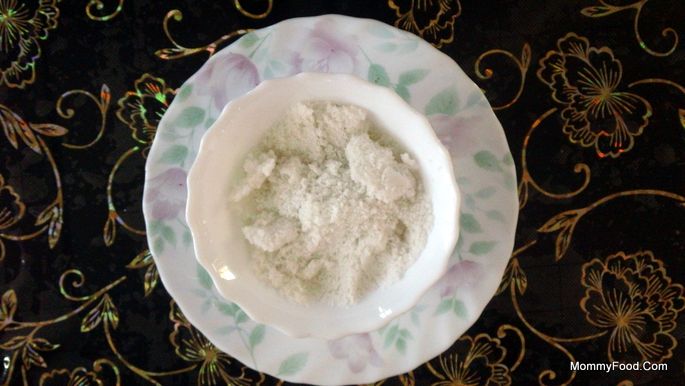
Fenugreek (menthulu): 1 Bowl
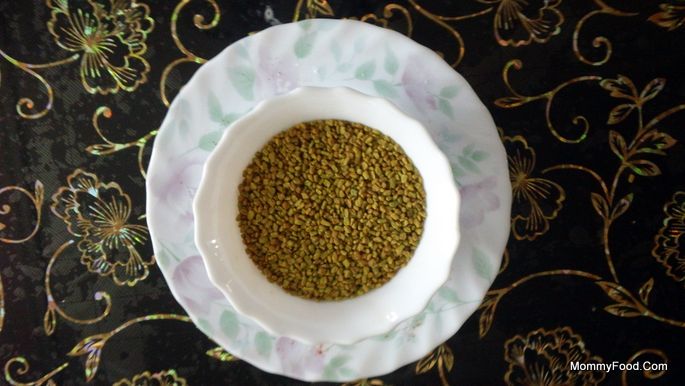
Gingelly oil (nuvvu pappu oil): 1 & 1/2 Bowl
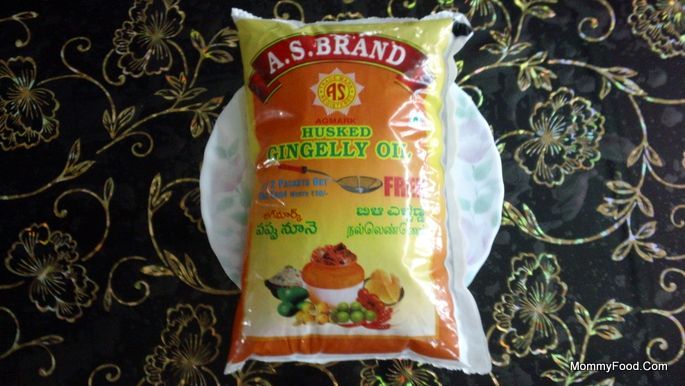
Red chilli powder (3 mangoes chilli powder preferred): 1 Bowl
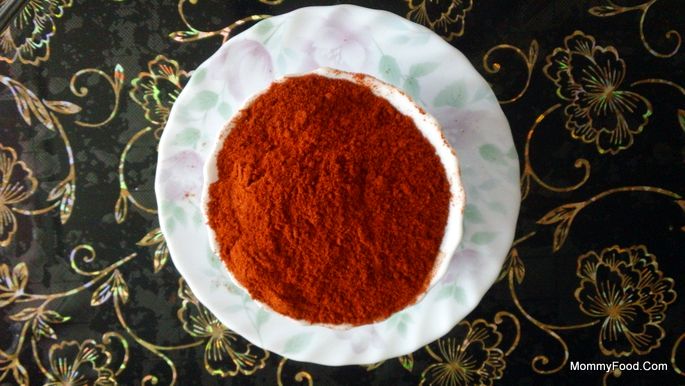
Turmeric: little
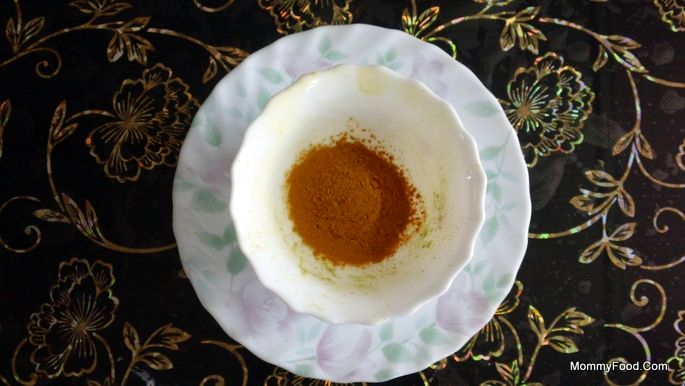
Procedure
Step 1: Fry the Fenugreek Seeds
Medium fry 1 bowl of fenugreek seeds (menthulu) until they release a pleasant aroma.
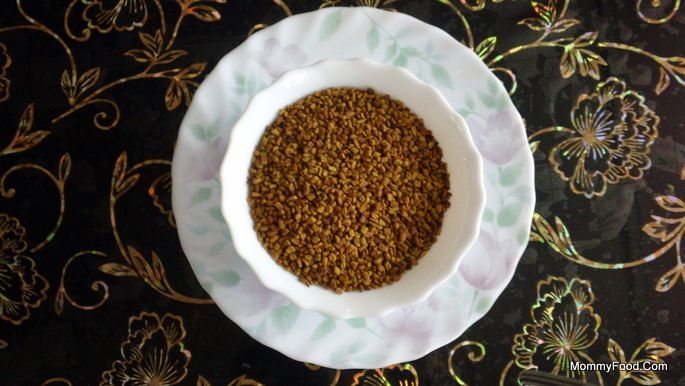
Step 2: Blend Fenugreek Seeds
Allow the fenugreek seeds to cool and blend half a bowl into a powder, setting it aside for later use.
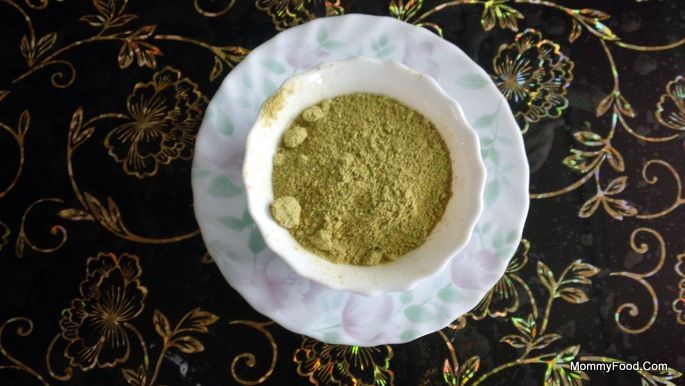
Step 3: Blend Mustard Seeds
Take half a bowl of mustard seeds (aavalu) and blend them to a fine powder. Set this aside as well.
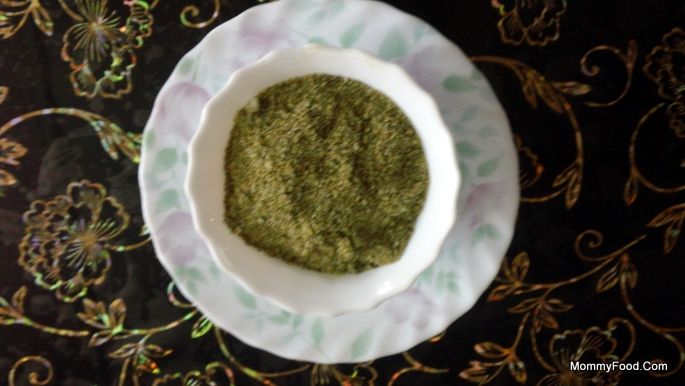
Step 4: Prepare the Mango Pieces
Cut the cleaned mangoes into small pieces, ensuring that they yield about 8 bowls of mango chunks after cleaning. Wipe them with a dry cloth to remove any moisture.
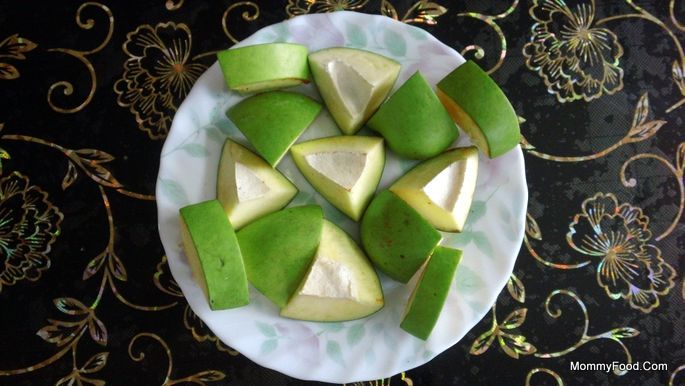
Step 5: Prepare Garlic and Salt
Skin the garlic and grind the salt granules in a blender to a fine powder.
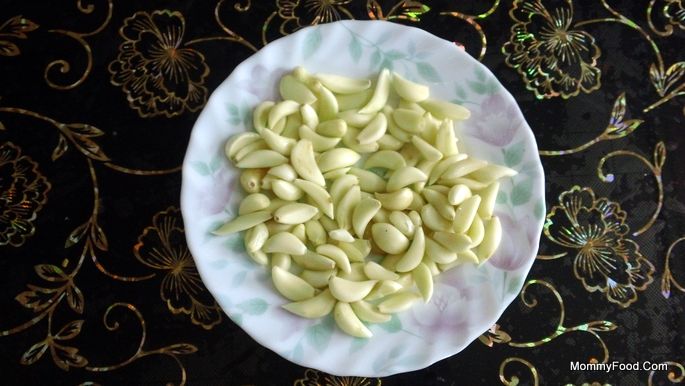
Step 6: Dry Mango Pieces
Ensure the mango pieces are completely dry by wiping them with a cloth. Place them in a large basin.
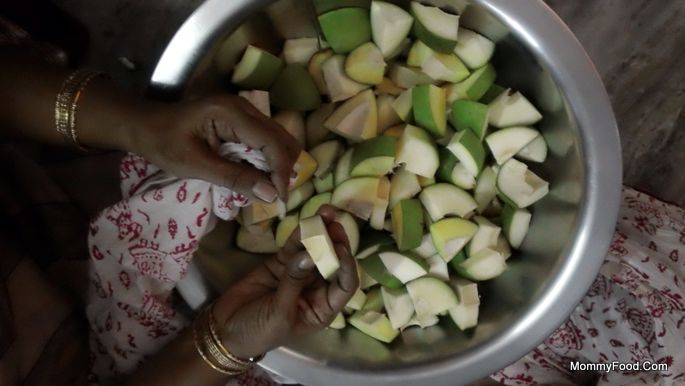
Step 7: Add Gingelly Oil
Add 1 1/2 bowls of gingelly oil to the mango pieces. This will prevent the pickle from becoming too smooth and ensure it has a rich texture.
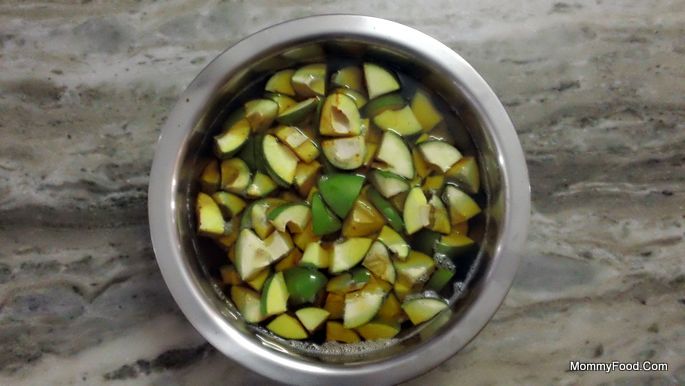
Step 8: Mix Spices and Garlic
In a separate basin, mix together the following:
- 1 bowl red chilli powder
- 1/2 bowl mustard seed powder
- 1 pinch turmeric
- 3/4 bowl ground salt granules
- 1/4 bowl fenugreek powder
- 1/4 bowl loose fenugreek seeds
- 1/2 bowl skinned garlic pieces
Thoroughly mix these ingredients until well combined.
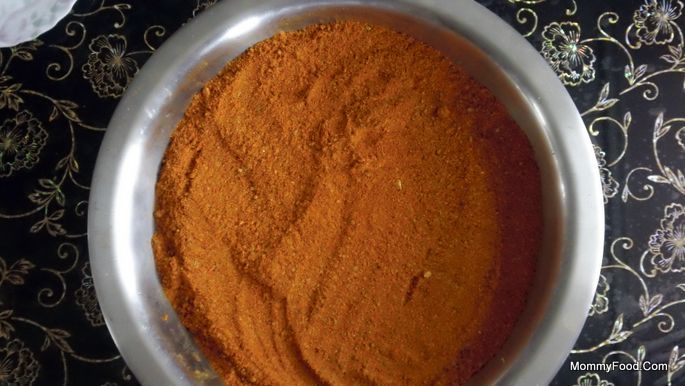
Step 9: Mix Mango and Spices
Carefully separate the mango pieces from the oil and mix them with the spice mixture, ensuring that each piece is evenly coated.
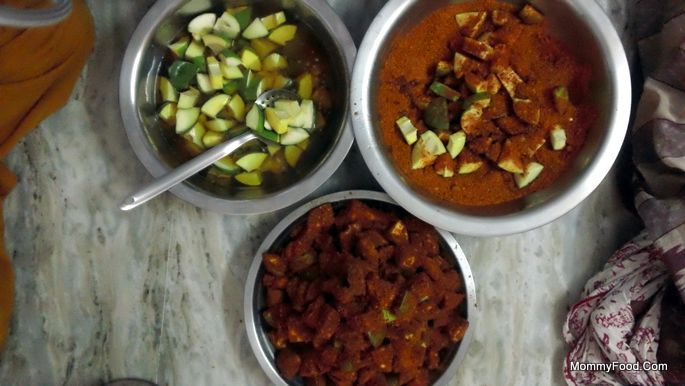
Step 10: Add Remaining Oil
Add the remaining oil from the basin back into the mango mixture, stirring thoroughly to combine.

Step 11: Let It Rest
Allow the pickle mixture to rest in a basin for three days. On the fourth day, check the taste and add extra salt if necessary (not more than required).
Step 12: Store the Pickle
Store the mango pickle in a glass or porcelain (pingani) jar to preserve its freshness for months. This pickle pairs beautifully with white rice, a little ghee, and dal (mudda pappu) for a delightful meal.
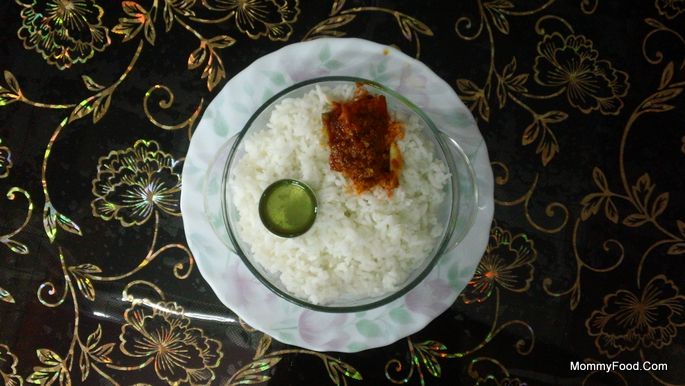
Conclusion
This Mamidikaya Pachadi or Mango Pickle recipe is a perfect way to preserve the flavors of summer all year round. The blend of spices, the tartness of mangoes, and the richness of gingelly oil create a mouthwatering experience that complements any meal. Once prepared, this pickle can be stored and enjoyed for months, adding a touch of tangy goodness to your dining table. Whether you’re a pickle enthusiast or someone new to this traditional recipe, this easy-to-follow guide ensures you’ll have a delicious homemade pickle ready to savor in no time.
Like our recipes? You want us to do more?
Keep us running! Buy from our affiliate store:
US | Amazon Best Sellers & Deals
India | Amazon Best Sellers & Deals





Comments powered by CComment